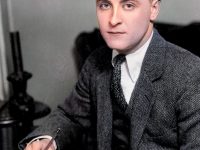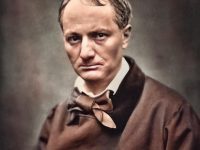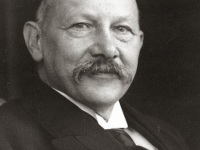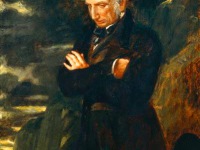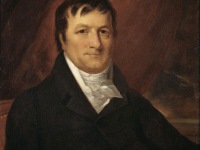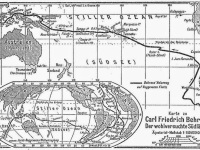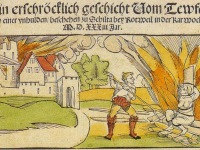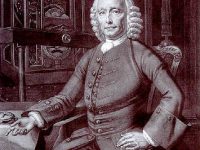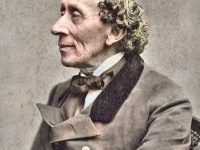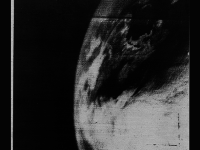F. Scott Fitzgerald and The Great Gatsby
On April 10, 1925, F. Scott Fitzgerald‘s famous socially critical novel ‘The Great Gatsby‘ was published. The story takes place in 1922, during the Roaring Twenties, a time of prosperity in the United States after World War I. The book received critical acclaim and is generally considered Fitzgerald‘s best work. It is also widely regarded as a “Great American Novel” and a literary classic, although it didn’t sell very well during Fitzgerald‘s…
Read more

